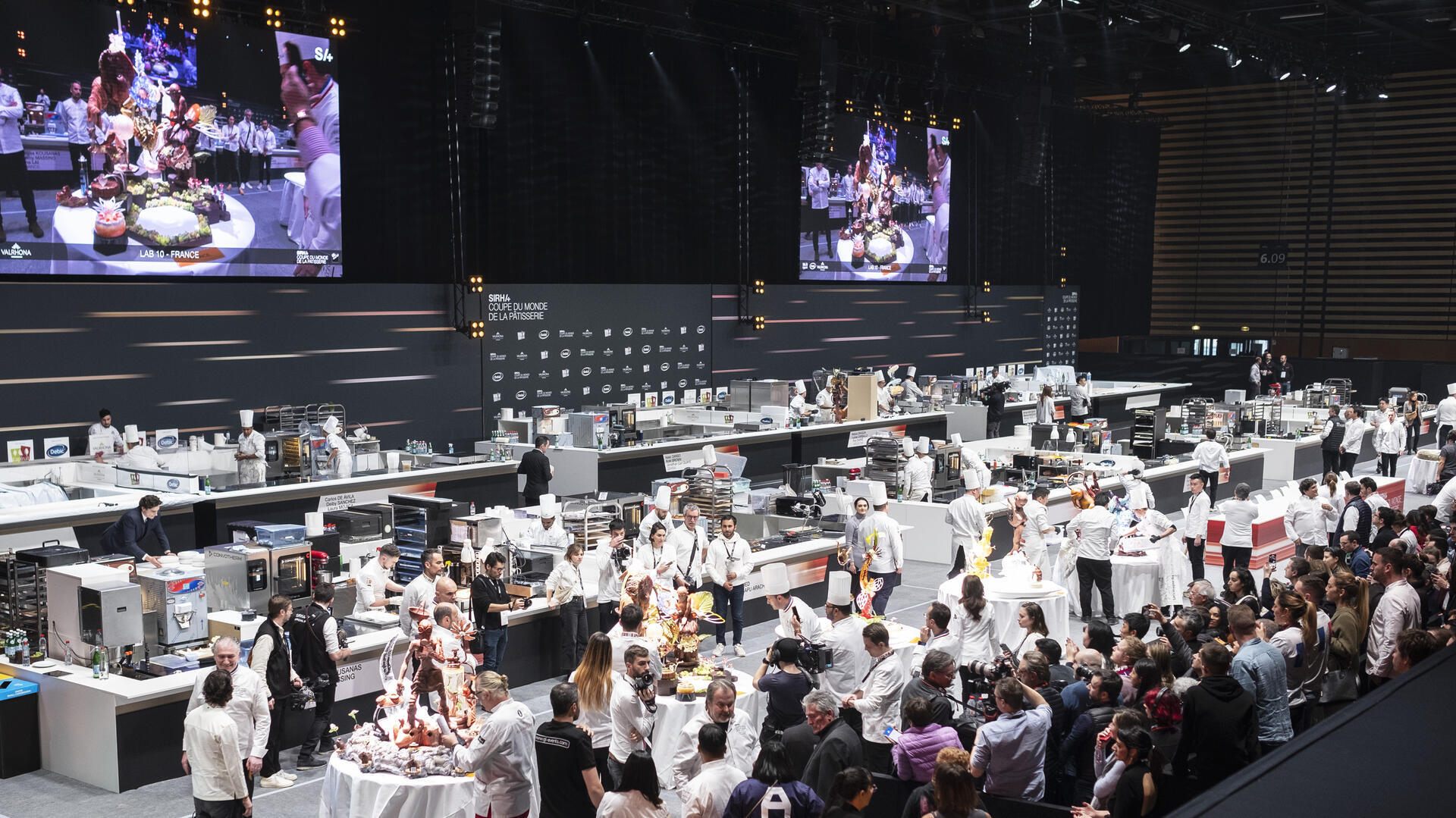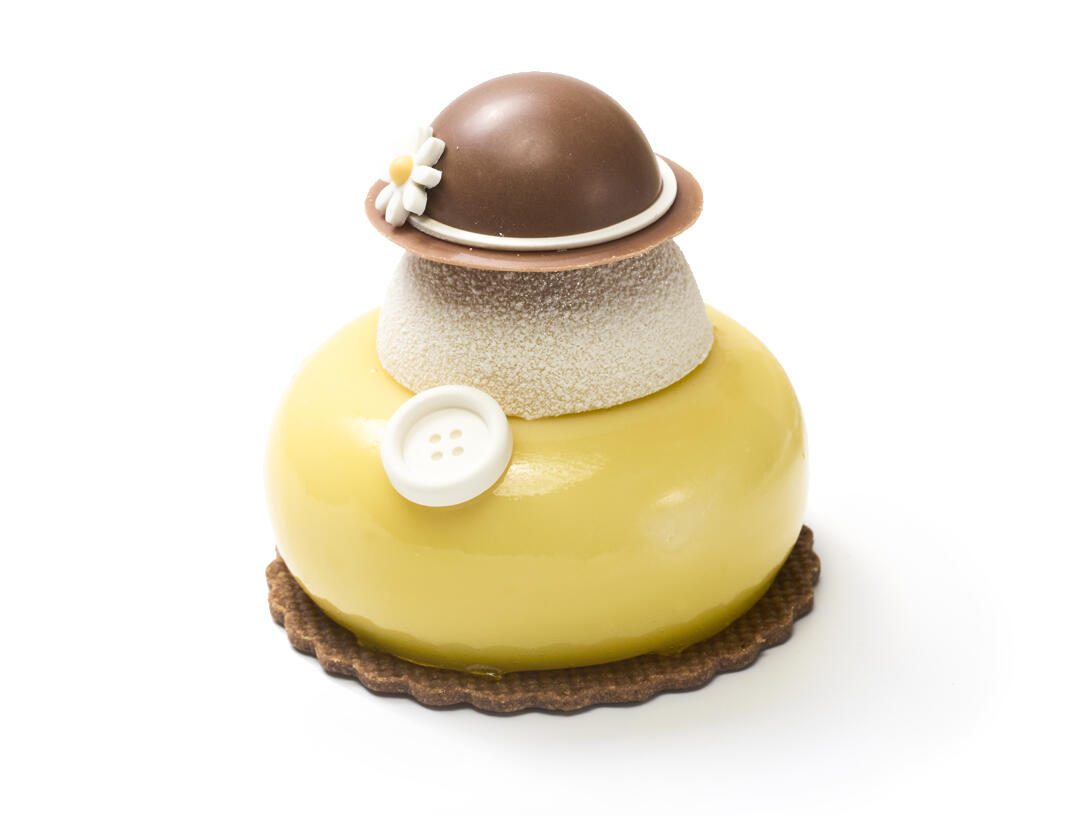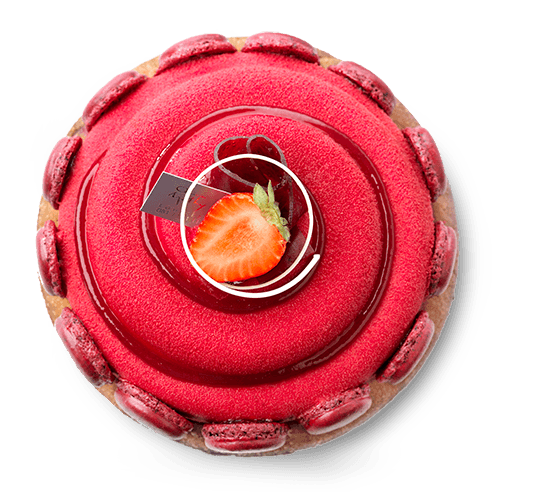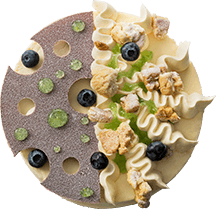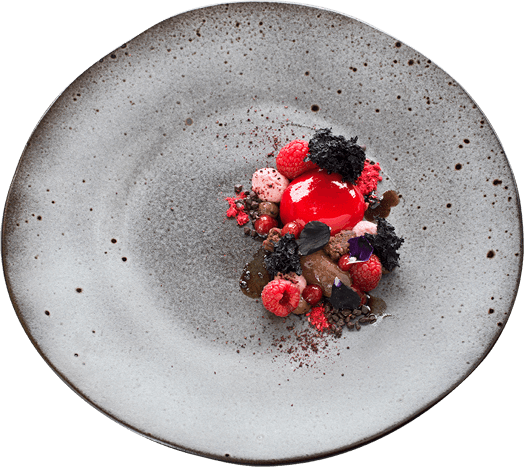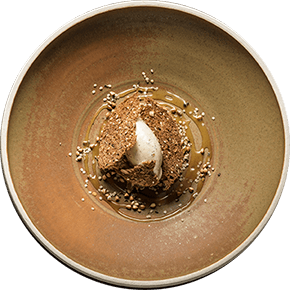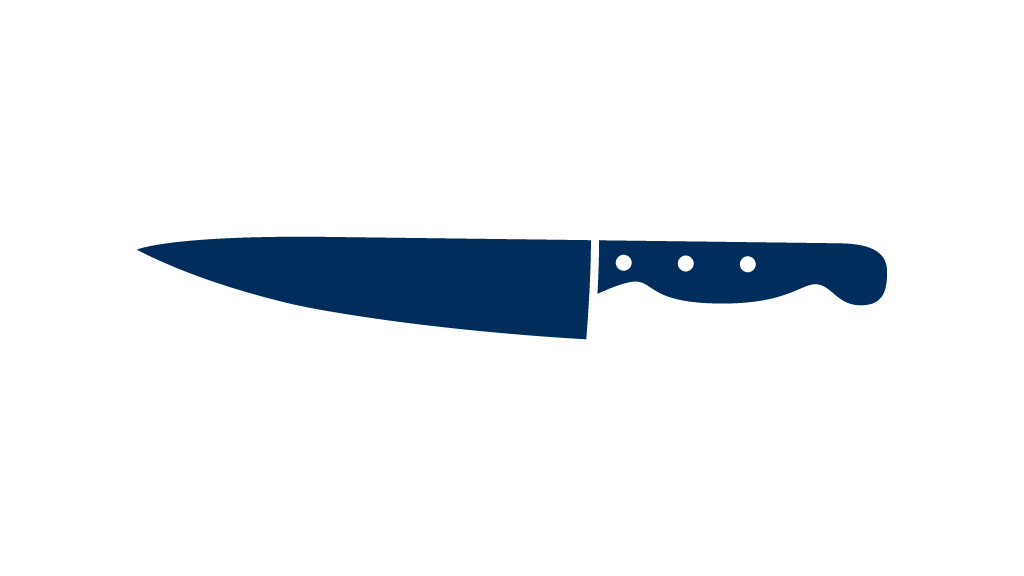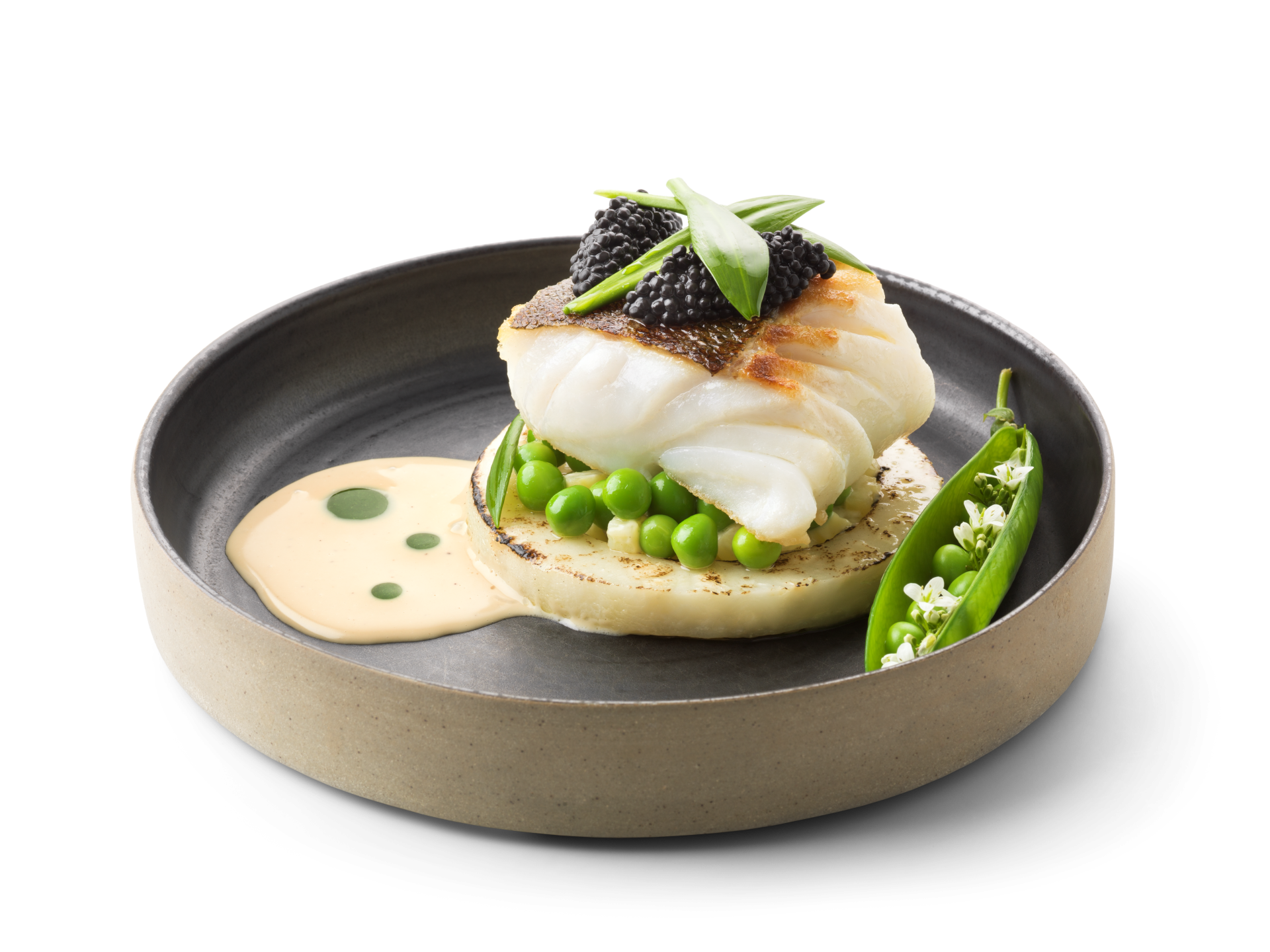Classic patisserie with a Malaysian twist: Voilà brings world-class patisserie to Asia
If it’s world-class patisserie you are after, Malaysia is the place to be. Since winning the Coupe du Monde de la Pâtisserie (World Pastry Cup) in 2019, Otto Tay and Loi Ming Ai have been pulling out all the stops to make their country the patisserie capital of Asia. We caught up with them to talk about their victory and the journey that led to their own online patisserie shop: Voilà. ‘Now everyone can finally taste our creations.’
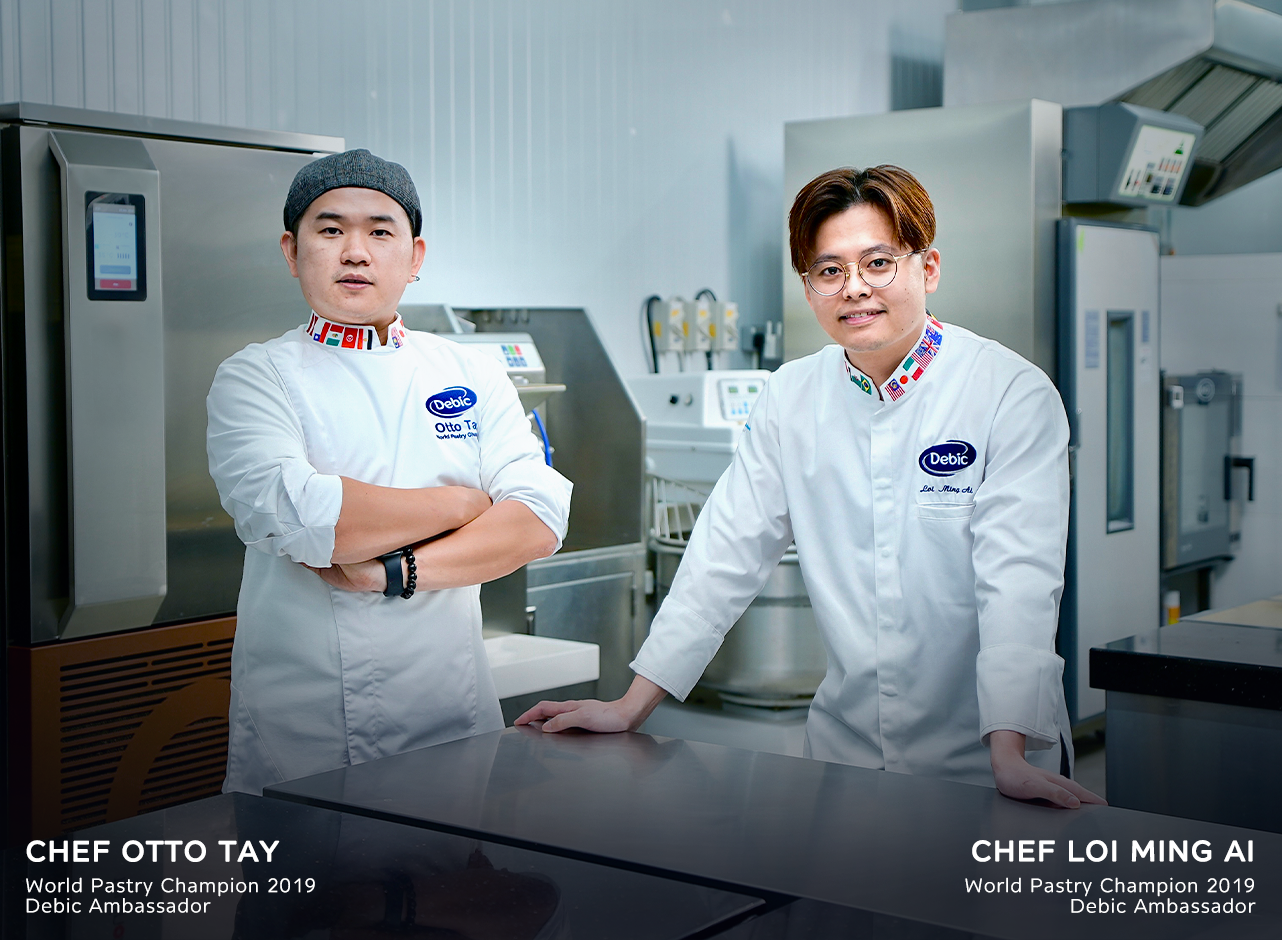
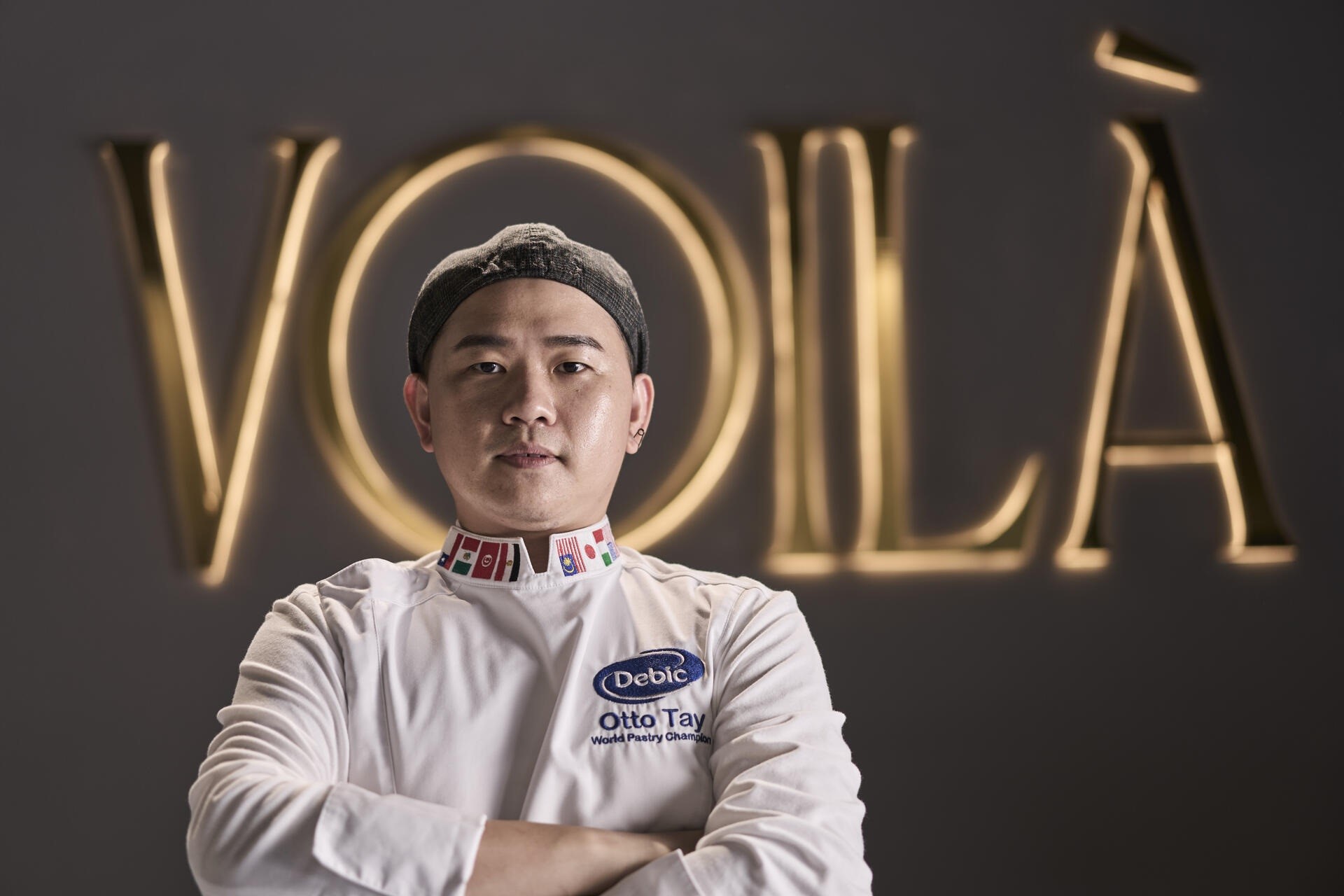
Otto: ‘In 2011, I was an assistant in the Malaysian team. From that moment, it had been my dream to enter the competition myself, which I did in 2013. But our showpiece collapsed – along with our chances of winning. We tried again in 2015 and came fourth. But in 2019, everything came together and we won.’
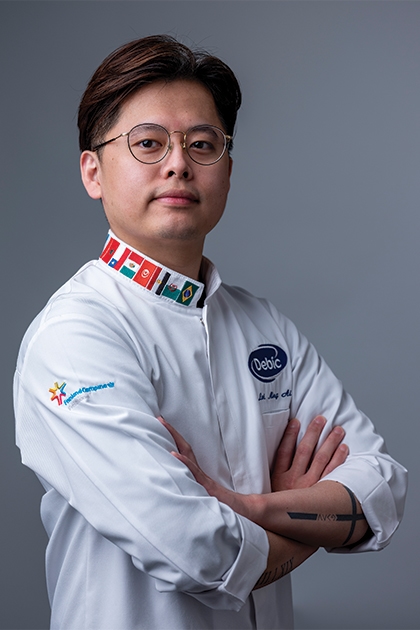
Loi: ‘In 2013, I was studying at the Academy of Pastry and Culinary Arts in Malaysia. There I was taught by several chefs who represented Malaysia in international competitions. I was also allowed to help them prepare for these competitions, which is how I found out about the Coupe du Monde de la Pâtisserie.’
How did you prepare for that last Coupe du Monde?
Otto: ‘It was tough! (laughs) I was living in Vietnam at the time, which meant I was constantly flying back and forth – for four months. I would fly to Malaysia on Friday night after work, practise for ten hours straight on Saturday and fly back to Vietnam on Sunday.'
Loi: ‘Entering the competition was a huge challenge for me too. I was responsible for the ice cream cake and sculpting the ice cream and chocolate – none of which I had experience with! On top of that, I hadn’t taken into account the temperature difference. It’s very hot in Malaysia, so sculpting with ice cream is a real race against the clock. When we had a final run-through in Lyon a week before the competition, it was freezing. I expected some of the ice cream to melt into the shape I had in mind, as it did in Malaysia, but it didn’t because it was so cold. I ended up with a huge, misshapen monkey. For the ice cream cake, I had spent a lot of time researching, developing new techniques. The final result was exactly what I had in mind: beautiful flowers.'
What did you learn from the competition?
Otto: ‘How to organise our time efficiently and to adapt quickly to a new kitchen. But the most important thing was still teamwork.’
Loi: ‘We really learnt to work together along the way, from the national selections to the Asia Pastry Cup to the final of the Coupe du Monde. For me personally, I also learnt a lot of new techniques from other countries in those two years.’
What advice would you give to the next generation of competitors?
Otto: ‘Dare to dream big and chase those dreams.’
Loi: ‘Be respectful of other competitors and be open to new ideas and techniques.’
Patisserie culture
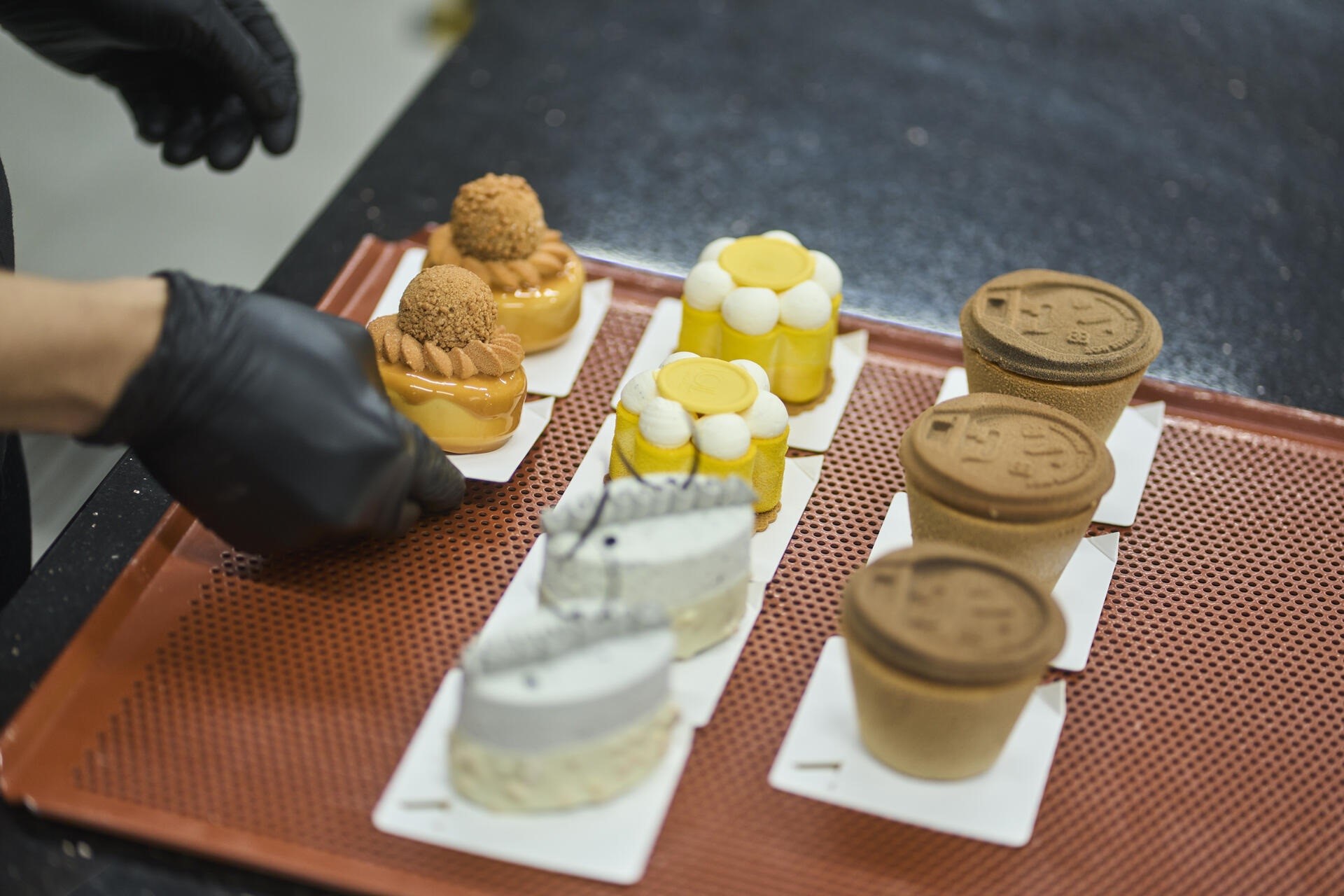
Loi: ‘Very few Malaysians know about the Coupe du Monde, and French patisserie isn’t much of a thing here. So I think the real significance of our victory was a bit overrated. But our friends, families and colleagues were obviously very happy for us.’
Otto: ‘For me, it was a dream come true. More and more patisserie shops are opening, so I think the patisserie culture is really starting to take off in Malaysia.’
What was the first thing you did professionally after your victory?
Otto: ‘COVID-19 broke out not long after we won... So, not so much! I think the launch of Voilà Patisserie is the first thing we really put our backs into after the competition.’
What’s the story behind Voilà?
Loi: ‘Otto and I had entered a number of competitions together, and we had done some consultancy work for various companies in the industry. But we had never marketed our creations directly. So we thought it was high time we developed our own brand. We also wanted to put patisserie culture on the map here.’
Otto: ‘Voilà is an online shop, so you can’t come and eat here. Our philosophy is reflected in the name: “Voilà, here it is”. We have a studio dedicated to research and development, and we also organise masterclasses. After so many years of experience and preparation, it’s finally time for us to present our creations to the general public and let them taste what we have to offer. Not just competition judges!’
The next generation
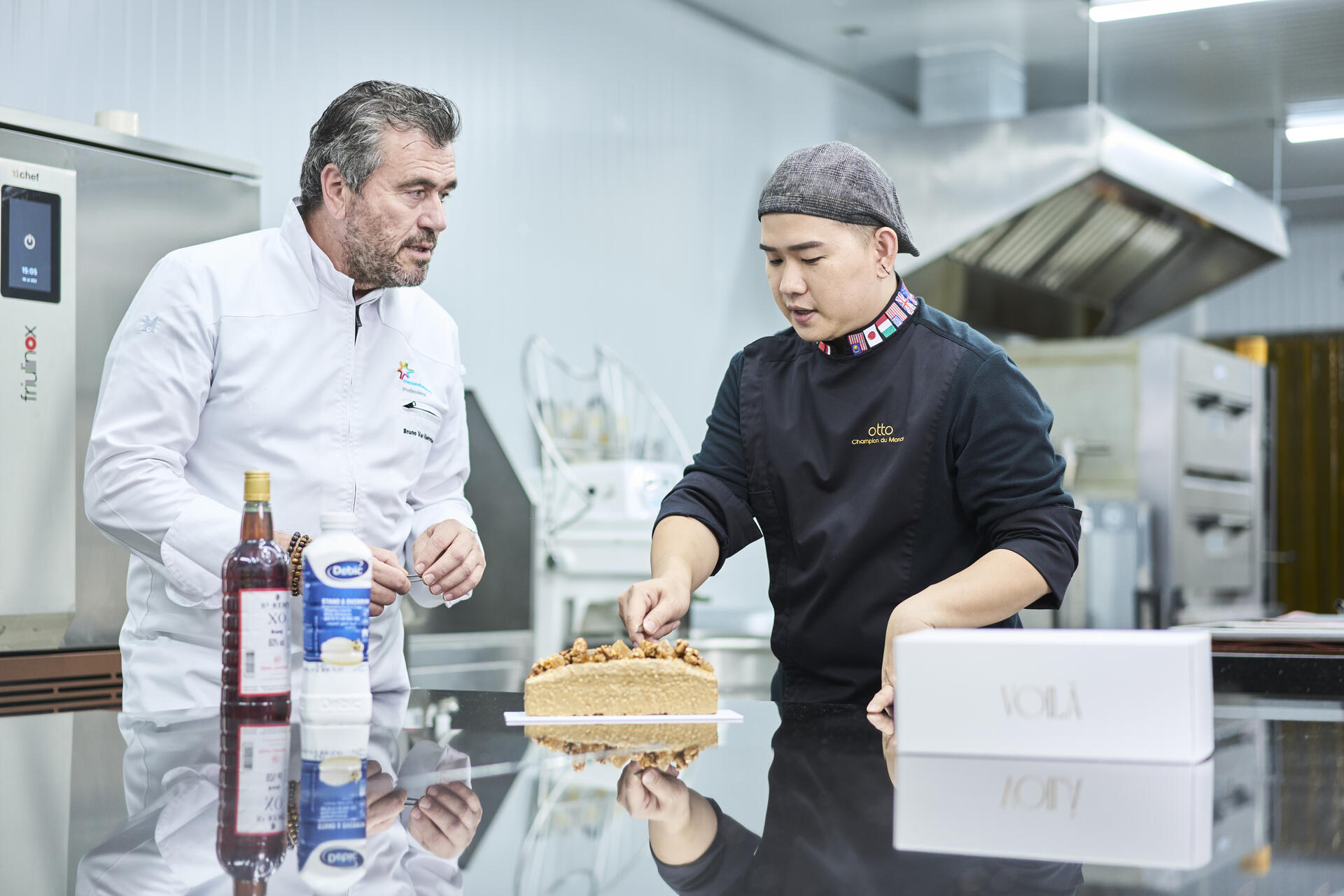
Otto: ‘In Asia, we have some wonderful ingredients such as black sesame, pandan, chrysanthemum, mochi, oolong tea and black rice. We incorporate these ingredients into classic textures using European techniques.’
Loi: ‘Local ingredients play a huge role in creating new, unique flavours, aromas and structures.’
What do you think is the main difference between Asian and European patisserie?
Otto: ‘I think the texture of Asian patisserie is lighter and airier. In terms of flavours, we tend to gravitate towards the flavours of our childhood. In Europe, flavours are more intense and there is more use of different textures.’
What does the future hold for the next generation of European chefs?
Loi: ‘I think European chefs are increasingly turning to robotics and technology, so the younger generation is becoming less familiar with the basic techniques. 3D moulds and waterjet cutting machines are so common these days that I suspect hand-moulded sculptures will end up being a thing of the past.’
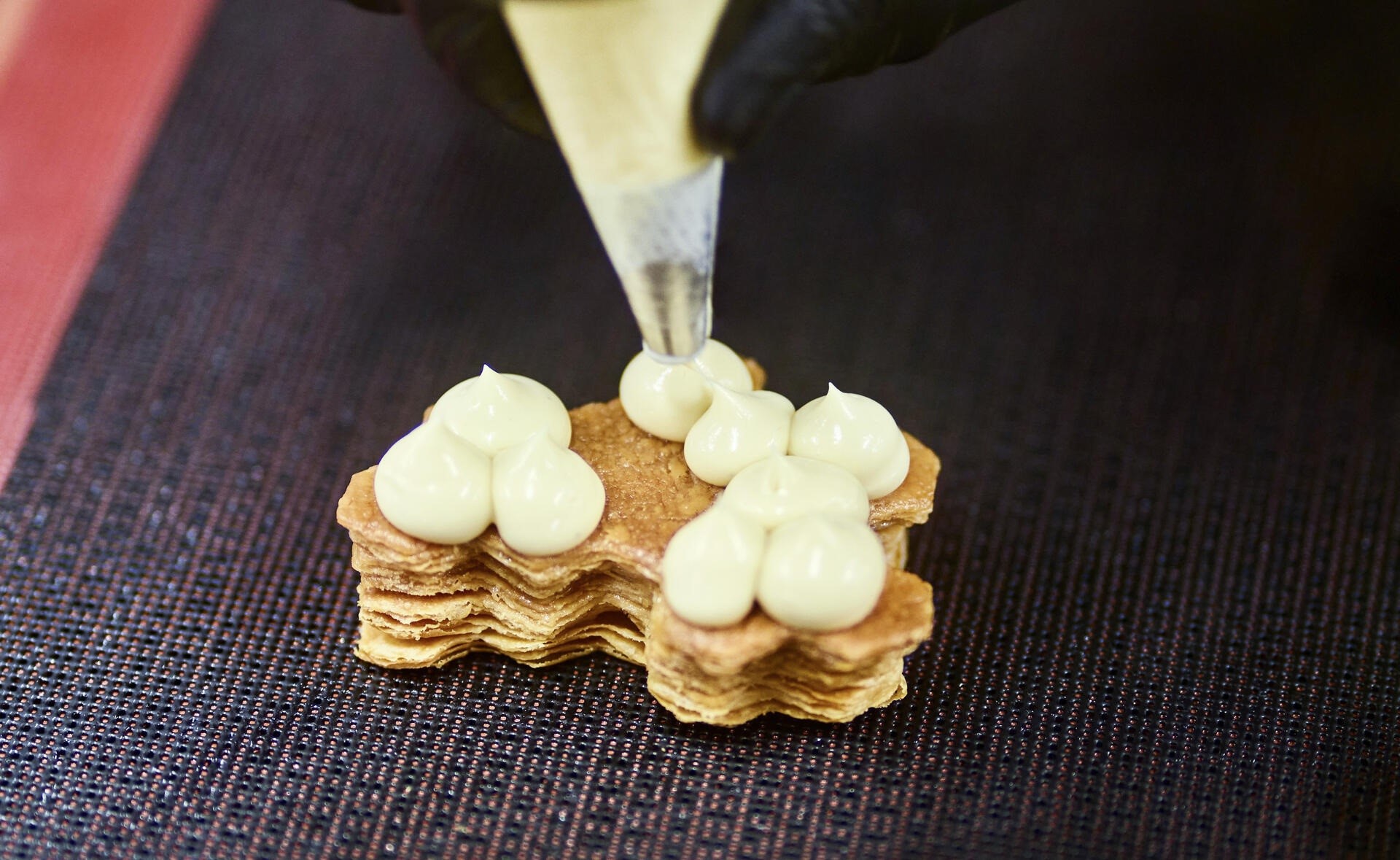
Otto: ‘Everything has to be healthier, with less sugar.’
Loi: ‘And less creamy.’
Which countries are the patisserie pioneers in Asia?
Otto: ‘In Japan, patisserie culture is really flourishing.’
Loi: ‘And Malaysia, of course. The market is still relatively new, but there are a handful of pastry chefs, including Otto and myself, who have made it their mission to transform Malaysia into the pastry capital of Asia.’
Where do you see yourself, and Voilà, in five years?
Otto: ‘I would love to see Voilà grow in several areas, with the help of specialists in chocolate, patisserie, viennoiserie and ice cream desserts. That way, we’ll be able to train the next generation, who will confidently be able to call themselves pastry chefs in a few years’ time.’
Loi: ‘In five years’ time, when the business is a little more mature, we will hopefully be able to expand. In time, we might even export internationally.’
You are our Debic ambassadors for Malaysia, but really also for the rest of the world. How do you approach this role?
Loi: ‘Besides experimenting with Debic products in the kitchen and developing new recipes, we also want to learn more about dairy production, for example the process from milk to butter. We want to become a full partner.’
Otto: ‘We want to be a strong team and show the world what you can achieve with “real” ingredients and the right knowledge.’
